Intro to Red Wine | Best Types & Benefits of Dry & Sweet
Top Things to Know About Red Wine Including Its Dry and Sweet Varieties According to Novice and Enthusiast Palates
Casa Loce’s Opinion on The Top Things To Know About Red Wine and Its Varieties
As wine experts, we believe that dry red wine pairs well with hearty meals. We also, prefer to partner its sweet varieties with meals that are lighter and fruitier in flavor. Regardless of your knowledge level of wines, it all comes down to preferences. The key to enjoying good wine is to learn their different taste profiles and other related factors where all your senses indulge. From visual inspection to untangling the intricate aromas, to appreciating the taste - it's a fascinating experience.
Key Takeaways
- Dark-skinned grapes produce red wine, available in both dry and sweet types. Its flavors vary, largely influenced by the geographical birthplace of the grapes.
- Dry varieties like Cabernet Sauvignon or Merlot exhibit robust flavors due to less residual sugars. People often enjoy these with hearty meals. Conversely, sweet varieties such as Port and Lambrusco carry high residual sugar levels. This results in rich, fruity tastes that match well with desserts or spicy dishes.
- Beginners in wine tasting might first recognize broad flavor categories like fruity or spicy. Complementary food pairings enhance this experience.
- Expert tasters, however, go beyond the surface. They assess the wine visually, explore its scent, and taste it. In this manner, they appreciate subtle differences in body, tannin levels, and sweetness.
Basics of Red Wine
This beverage comes from fermented dark-skinned grapes, exhibiting colors from deep violet to brick red and brown, depending on grape maturity.
Consider learning about tasting notes. They are detailed accounts of wine's flavor and aroma. These notes form a textual map of its personality, highlighting key factors like body, acidity, tannins, and fruitiness.
Moreover, geographic regions where grapes grow heavily influence the taste of red wines. Each region, with distinctive soil types, climates, and winemaking techniques, bestows a unique character upon the wine.

Exploring Dry Red Wine Varieties
Unlike sweeter wines, dry counterparts contain fewer residual sugars. This results in a less sweet taste with a robust flavor profile. Tannic is a term often used to describe these wines, referencing the bitter, dry sensation felt on the palate. Cabernet Sauvignon, Merlot, and Pinot Noir top the list of popular dry red wine varieties.
Carefully considered food pairings significantly enhance dry red wine flavor profiles. Red meats go well with Cabernet Sauvignon, while Merlot shows versatility, pairing favorably with poultry, pork, and even vegetarian dishes. Lighter Pinot Noir pairs well with dishes like salmon or other fatty fish.
The Sweet Side of Red Wine
Sweet red wine provides an intriguing facet characterized by high residual sugar content. This sweetness imparts a distinctive, full-bodied flavor profile to these wines. Unlike drier reds, luscious notes of ripe, red fruits, chocolate, and even candy often grace their palate.
In terms of structure, sweet red wines tend to be lower in tannins and acidity, which contributes to their smoother, velvety mouthfeel. They typically have a higher alcohol content due to the fermentation process, which leaves behind residual sugar.
Novice Impressions on Red Wine
Sweet red wines offer an exploration into a rich sensory world, filled with complexity. Intrigue often grips beginners as they encounter diverse flavor profiles, from robust, full-bodied Cabernets to light, fruity Pinot Noirs.
Discovering wine flavors feels like solving a mystery. With their initial sips, beginners might only taste a blend of fruity, spicy, or earthy notes. Yet, as their taste buds evolve, they can identify the unique flavors in each wine. Plums, cherries, blackcurrants, vanilla, spices, and even delicate tannins that structure the wine become discernable.
Food pairings offer another delightful experience for beginners. Correct food pairings can enhance the wine-drinking experience, making flavors more pronounced.
New wine drinkers, in their journey towards becoming enthusiasts, develop a deeper understanding of red wine nuances. This appreciation grows and matures with time, just like the wines they come to love.
Enthusiast Insights Into Red Wine
A deep appreciation for red wines comes from an in-depth exploration of its many facets. Such appreciation surpasses common understanding and offers enthusiasts a universe filled with subtle differences and nuances. Mastering sophisticated tasting techniques is the key to this deeper understanding, where the journey is as crucial as the destination.
This journey consists of three main stages: visual inspection, scent exploration, and tasting.
In visual inspection, the wine's color and transparency offer clues about its age and grade.
Scent exploration involves swirling the wine to free its aroma, enabling connoisseurs to detect unique fragrance notes.
Finally, during tasting, enthusiasts swirl the wine in their mouth to evaluate its body, tannin levels, acidity, and sweetness.
Knowing how to pair food also plays a significant role. Complementing a dish with the right wine can enhance the culinary experience and allow the complex flavors in the wine to truly shine.
Frequently Asked Questions
What is the best type of red wine?The "best" red wine is subjective and depends on personal taste, but many wine connoisseurs often recommend Pinot Noir for its versatility and broad appeal. It's known for its silky texture and complex, layered flavors that can range from ripe red fruits to earthy mushrooms.
Is red wine good for your health?Moderate consumption of red wine offers certain health benefits. Studies suggest that it helps protect against heart disease, thanks to its high content of powerful antioxidants like resveratrol, flavonoids, and phenols. However, excessive drinking leads to health problems, so moderation is key.
Is red wine good for the liver?While moderate consumption of red wine might have some health benefits, it's not particularly good for the liver. Drinking alcohol in excess leads to liver damage for some. It's important to drink responsibly to maintain liver health.
Are red wines sweet or dry?Red wines can be either sweet or dry, depending on the amount of residual sugar they contain. Dry red wines, like Cabernet Sauvignon and Merlot, have little to no residual sugar, while sweet red wines, like certain types of Port or Zinfandel, have a higher sugar content.
What is the smoothest red wine to drink?Merlot is among the smoothest red wines to drink. Known for its soft, velvety texture and ripe fruit flavors, Merlot is an easy-drinking wine that's an excellent choice for those new to red wine.
Who should not drink red wine?People who should not drink red wine include those who are pregnant, have certain medical conditions (such as liver disease or pancreatitis), take medication that can interact with alcohol, or have a history of substance abuse. It's always best to consult with a healthcare provider if you have any concerns.
Is it OK to have red wine every night?While it's okay to enjoy a glass of red wine each night, it's important to do so in moderation. Chronic heavy drinking can lead to serious health issues, including liver disease, heart problems, and an increased risk of cancer.
What is the healthiest red wine?
Pinot Noir is among the healthiest red wines. It contains a high concentration of resveratrol, a powerful antioxidant that's believed to have heart health benefits. However, remember that the health benefits of wine come from moderate consumption.
Drinking two glasses of wine a night might be too much for some people. The Centers for Disease Control and Prevention (CDC) defines moderate drinking as up to one drink per day for women and up to two drinks per day for men. Regularly drinking more than this can increase the risk of health problems.
Is a bottle of red wine a day too much?Drinking a bottle of red wine a day is generally considered too much. Excessive drinking can increase the risk of various health issues, including liver disease, heart problems, certain cancers, and alcoholism.
What is the best time to drink red wine?The best time to drink red wine is generally with dinner or in the evening. The flavors of red wine pair well with many types of food, and having it with a meal can slow the absorption of alcohol.
Is red wine a hard drink?Red wine is not typically considered a hard drink. The term "hard" usually refers to spirits and liquors like vodka, whiskey, and rum, which have a much higher alcohol content than wine. Red wine usually contains between 12% and 15% alcohol by volume.
Join us for a look into our elegant approach to winemaking and gracious hospitality. We welcome our members and their guests by appointment only. Become a member or book an event by visiting CasaLoce.com
Casa Locé
Upper Ojai California
10065 N Ojai Rd, Ojai, CA 93023
https://maps.app.goo.gl/E7YQCnXAFHq1bKz46




